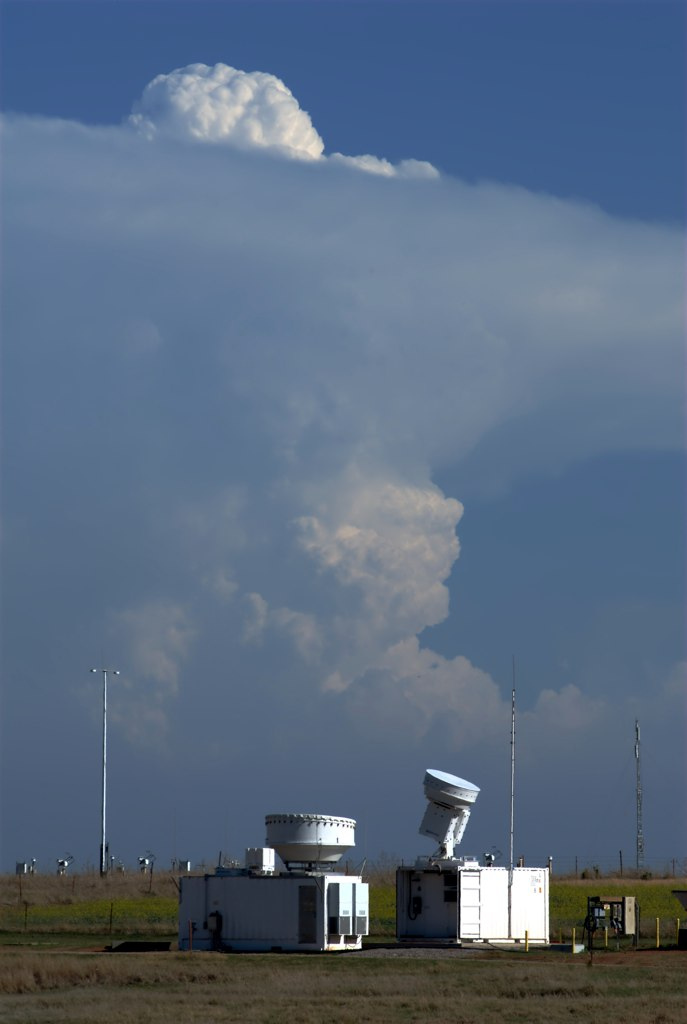UND Citation Aircraft from MC3E



Photo taken by Scott Collis of the of Argonne National Laboratory.
View Scott Collis' Flickr Page
View the ARM Flickr Page

Photo taken by Scott Collis of the of Argonne National Laboratory.
View Scott Collis' Flickr Page
View the ARM Flickr Page

Centered at the SGP Central Facility, research aircraft will fly above and within the clouds while radar systems scan through the storm from multiple locations. At the same time, additional ground-based instruments will measure surface precipitation and wind speed.
Source: ARM Climate Research Facility